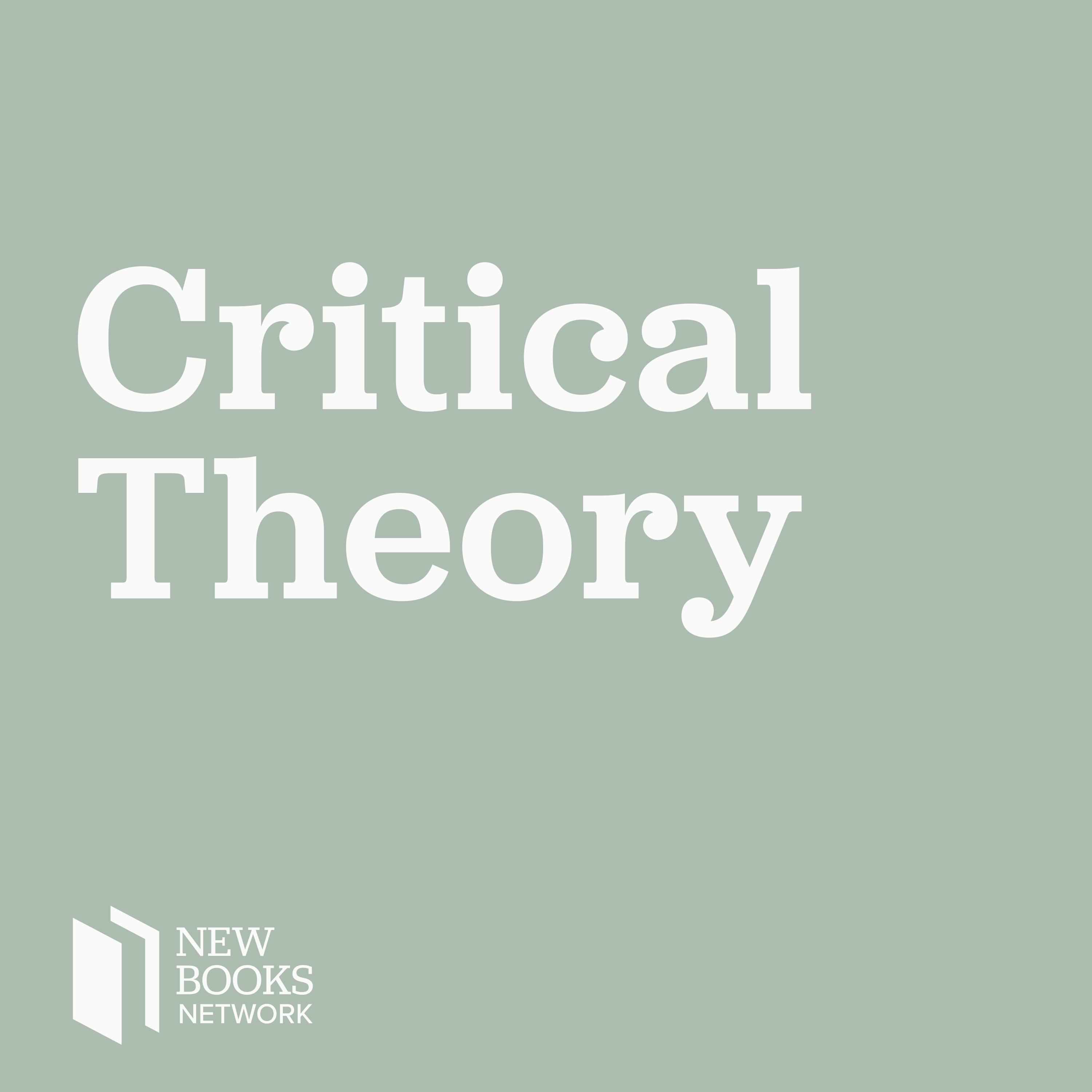
Lindsay Weinberg, "Smart University: Student Surveillance in the Digital Age" (Johns Hopkins UP, 2024)

New Books in Critical Theory
Deep Dive
What is the central argument of Lindsay Weinberg's book 'Smart University: Student Surveillance in the Digital Age'?
The book argues that the integration of digital technologies in higher education, such as predictive analytics and AI, is part of a longer history of universities supporting technologies that reproduce racial and economic injustice. It critiques the smart university concept as a top-down initiative that often prioritizes cost savings and control over student and faculty autonomy.
How does Lindsay Weinberg define a 'smart university'?
A smart university refers to the integration of digital technologies like predictive analytics, IoT, and AI into college campuses. These technologies are used for student recruitment, retention, campus security, and mental health tracking, often under the guise of data-driven governance. The term also reflects broader ideologies about the future of higher education, often shaped by administrators or private tech vendors.
Why are smart university initiatives attractive to university administrators?
Administrators are drawn to smart university initiatives for their promise of cost savings, efficiency, and control. These technologies provide a way to visualize large amounts of data, guiding decisions about student recruitment, retention, and faculty performance. However, this often comes at the expense of student and faculty privacy and autonomy.
How are predictive analytics used in the student recruitment process?
Predictive analytics are used to create risk scores for students, determining which ones should receive the most recruitment efforts. This involves analyzing historical data on successful students, including demographic information, website engagement, and email responsiveness. The goal is to optimize recruitment strategies to maintain enrollment numbers and institutional competitiveness.
What are the privacy concerns related to student data in smart universities?
Students often unknowingly sign away their privacy through dense terms of service agreements. Universities collect detailed data on students, including behavioral and demographic information, which is frequently shared with third-party for-profit companies. This raises concerns about data misuse, especially since FERPA (Family Educational Rights and Privacy Act) facilitates public-private data sharing under the guise of providing educational services.
How do smart university technologies perpetuate racial and economic discrimination?
Smart university technologies often rely on historical data that includes biased demographic information, such as zip codes, which are proxies for race and class due to historical segregation. Predictive models assume that student success is based on individual choices, ignoring structural barriers like financial constraints or inadequate K-12 preparation. This reinforces existing inequalities in higher education.
What role does AI play in the smart university, and how does it impact students and faculty?
AI is increasingly used in smart universities for facial recognition, predictive policing, and monitoring student and faculty performance. It impacts research priorities, course content, and decision-making about promotion and tenure. AI tools also shape how students are prepared for the workforce, often prioritizing efficiency and control over ethical considerations.
What are some positive aspects of the smart university, according to Lindsay Weinberg?
Weinberg acknowledges the potential for digital tools to support students, such as auto-captioning for accessibility. However, she remains skeptical of most smart university initiatives, as they are often top-down, lack student and faculty input, and prioritize cost-cutting over meaningful educational improvements.
What future projects is Lindsay Weinberg working on after her book?
Weinberg is focusing on how faculty working conditions are being impacted by digital technologies, such as performance monitoring software and AI integration. She is also exploring how unionization in other sectors could provide solutions for protecting faculty rights and academic freedom in the age of AI.
- Increasing reliance on technology in higher education.
- Weinberg's background in targeted advertising and its relevance to higher education.
- The start of Weinberg's work on the book Smart University.
Shownotes Transcript
In Smart University: Student Surveillance in the Digital Age)* *(Johns Hopkins University Press, 2024), Lindsay Weinberg evaluates how this latest era of tech solutions and systems in our schools impacts students' abilities to access opportunities and exercise autonomy on their campuses. Using historical and textual analysis of administrative discourses, university policies, conference proceedings, grant solicitations, news reports, tech industry marketing materials, and product demonstrations, Weinberg argues that these more recent transformations are best understood as part of a longer history of universities supporting the development of technologies that reproduce racial and economic injustice on their campuses and in their communities.
Mentioned in this episode is this piece) that Dr. Weinberg wrote in Inside Higher Ed:
Lindsay Weinberg is a clinical assistant professor and the Director of the Tech Justice Lab in the John Martinson Honors College at Purdue University.
Dr. Michael LaMagna is the Information Literacy Program & Library Services Coordinator and Professor of Library Services at Delaware County Community College.
Learn more about your ad choices. Visit megaphone.fm/adchoices)
Support our show by becoming a premium member! https://newbooksnetwork.supportingcast.fm/critical-theory)